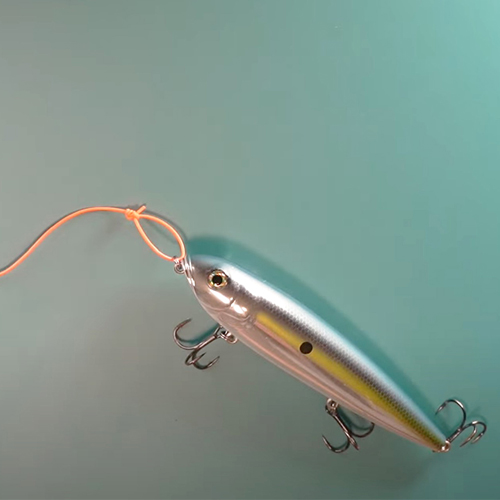Fishing Tide Chart
A fishing tide chart can help you determine when to go saltwater fishing. Get more information about fishing tide charts and tips to scope out fishing areas.
Fishing Tide Chart Tips
During either incoming or outgoing saltwater fishing tides, fish will move to different inshore bay or estuary areas depending on the current and bait movement.
Are you wondering how to figure out which areas to fish during which tides? The following fishing tide chart tips can help you locate inshore saltwater fish species and get more bites.
Incoming Fishing Tides
As a general rule, fish will move into shallow water areas during incoming tides. This means that channels or bay mouths often see an increase in baitfish and crustacean activity as the current from the incoming tide flows through toward the inshore flats. Shorelines can also be a great place to focus your inshore fishing efforts during an incoming tide because the rising water often pushes prey up towards the shoreline as it rises. Surf anglers, in particular, often plan to fish at the start of an incoming tide when the current picks up and sweeps baitfish or crustaceans up along with it.
If you want to fish an incoming tide, you should plan to be at your fishing spot at least two to three hours before high tide. Check the fishing tide times a few days before your trip using a fishing tide chart. You can find a tide chart for the area you plan to fish by searching online for "tide tables fishing" or pick one up at your local tackle shop.
Outgoing Fishing Tides
When you check a tide chart and note the time period of an outgoing tide, you may want to consider fishing near potholes, ledges, channels, bridges or piers. If you are fishing near a bridge or pier, keep in mind that predatory fish will usually be positioned up-current as they wait for prey to drift past. Try casting your baits into the current, and then allow them to drift back with the movement of the water.
As the tide goes out and the water level drops, you will also have a good opportunity to find the deeper areas on the flats that can often hold fish during low tides.
While a tide chart does provide a time range of when outgoing or incoming tides are expected to take place for a given area, don't forget that wind and weather can influence tides as well. For example, offshore winds can push water away from coastlines, making an already low tide lower than what may be shown on a tide chart. You can also reference a fishing almanac, in addition to a tide chart, since an almanac will provide you with long-range weather forecasts.
When learning about tides for fishing, remember that fish won't move locations and feed by chance. Do your best to take note of where you catch fish, the tide phase (incoming or outgoing), and the time of year. This information can help you put together patterns for targeting certain species. If you apply these tips, reading a fishing tide report will soon become routine, and you'll know where to catch fish during each tidal phase.
KEEP LEARNING

How to Tie the Non-Slip Loop Knot
The non-slip loop knot is a popular and reliable choice for securing hooks, lures, and other tackle to your fishing line.
LEARN MORE

Socials
Take me fishing social media links
LEARN MORE

TakeMeFishing x Teen Vogue
Join us on a creative journey as fashion designer Ahmrii Johnson walks us through her collaborative vision and process with Teen Vogue and fashion brand, Rentrayage, to create a special piece.
LEARN MORE


.png?lang=en-US&ext=.png)